And so loomed the final day of our trek down the east coast of the Kii Peninsula. As enjoyable as the last 7 days had been, we were ready for the conclusion of our pilgrimage. Long walks have a strange way of testing your relationship with normality, with every step you feel like you’re walking away from the everyday world and yet its conveniences and comforts eventually lure you back.
Departing last nights hostel with a friendly iMessage to the manager to let him know we’d left, we grabbed a bite to eat from Bis Morgen Bakery nearby. Sitting outside Kumanoshi Station (熊野市駅) eating our spoils, a man selling mikan (satsuma oranges) from his truck came and handed us a bag full as a gift. Perhaps he could see how depleted our energy levels were, it was much appreciated.
Walking out of the city we immediately came across Hana-no-Iwaya (花の窟) shrine which sits at the base of a vertical 45 meters high rock face. Dedicated to Izanami no mikoto (伊邪那美), the goddess of creation and death, it’s one of the oldest shrines in Japan.
Twice a year during the Otsunakake Shinji festival, a massive 170-meter long rope is huge between a sacred pine tree and the rock. It felt quite unlike any other Shinto shrine I’ve visited before.
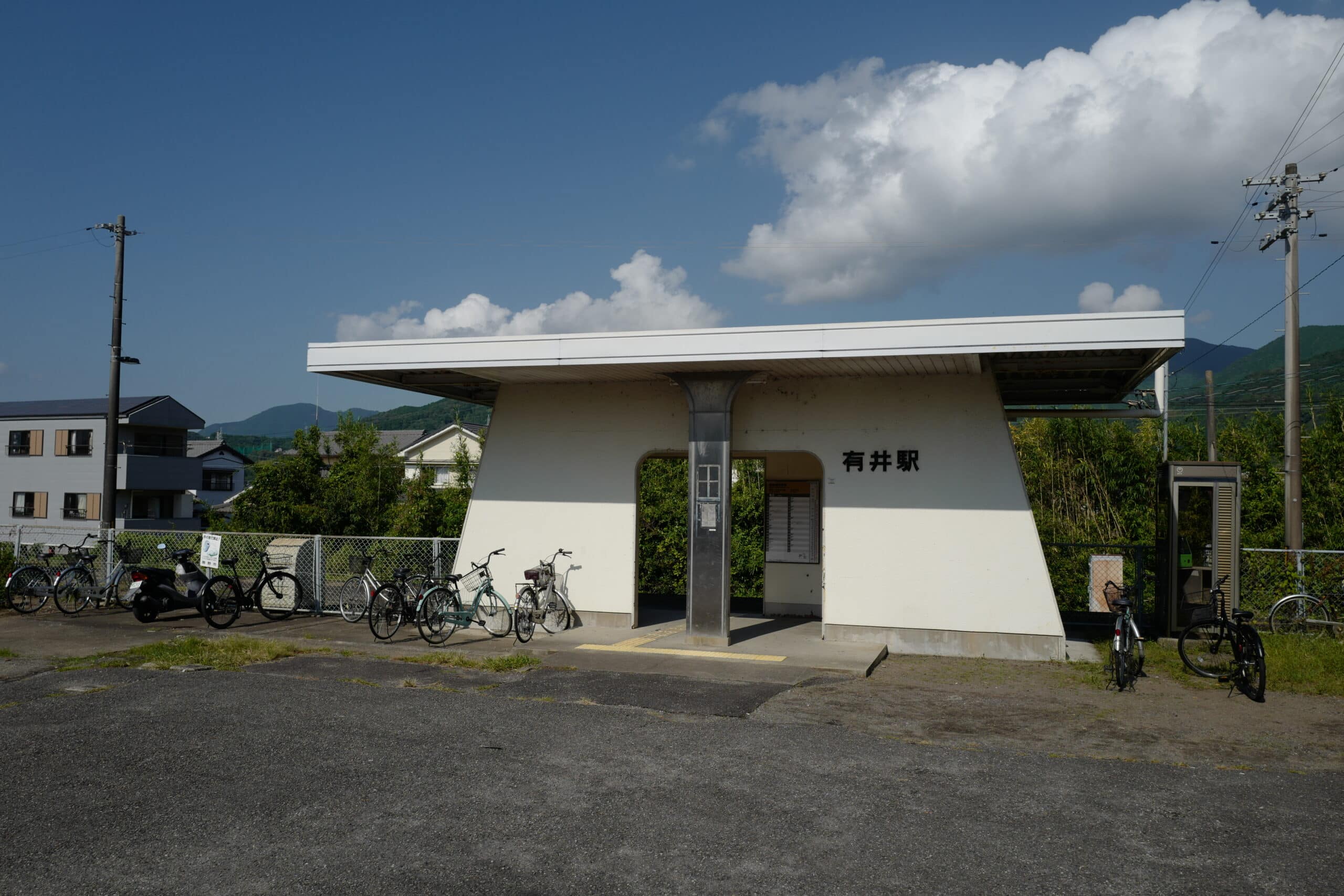
It’s at this point on the Ise-ji that pilgrims have the choice of continuing to Shingu (as we were) or branching off inland towards Hongū (本宮町) and eventually Kōya-san (高野山). An adventure for another day.
It was also the point at which we decided that 25km of road walking was not in our futures that day, our legs were just too tired. We caught the train at nearby Arii Station (有井駅), Chen taking it all the way to Shingu (新宮市), with me getting off at Kii-Ida Station (紀伊井田駅) to walk the final few kilometres. I felt pangs of guilt about not completing the entire route on foot but had to remind myself that this was a holiday and not ascetic training.
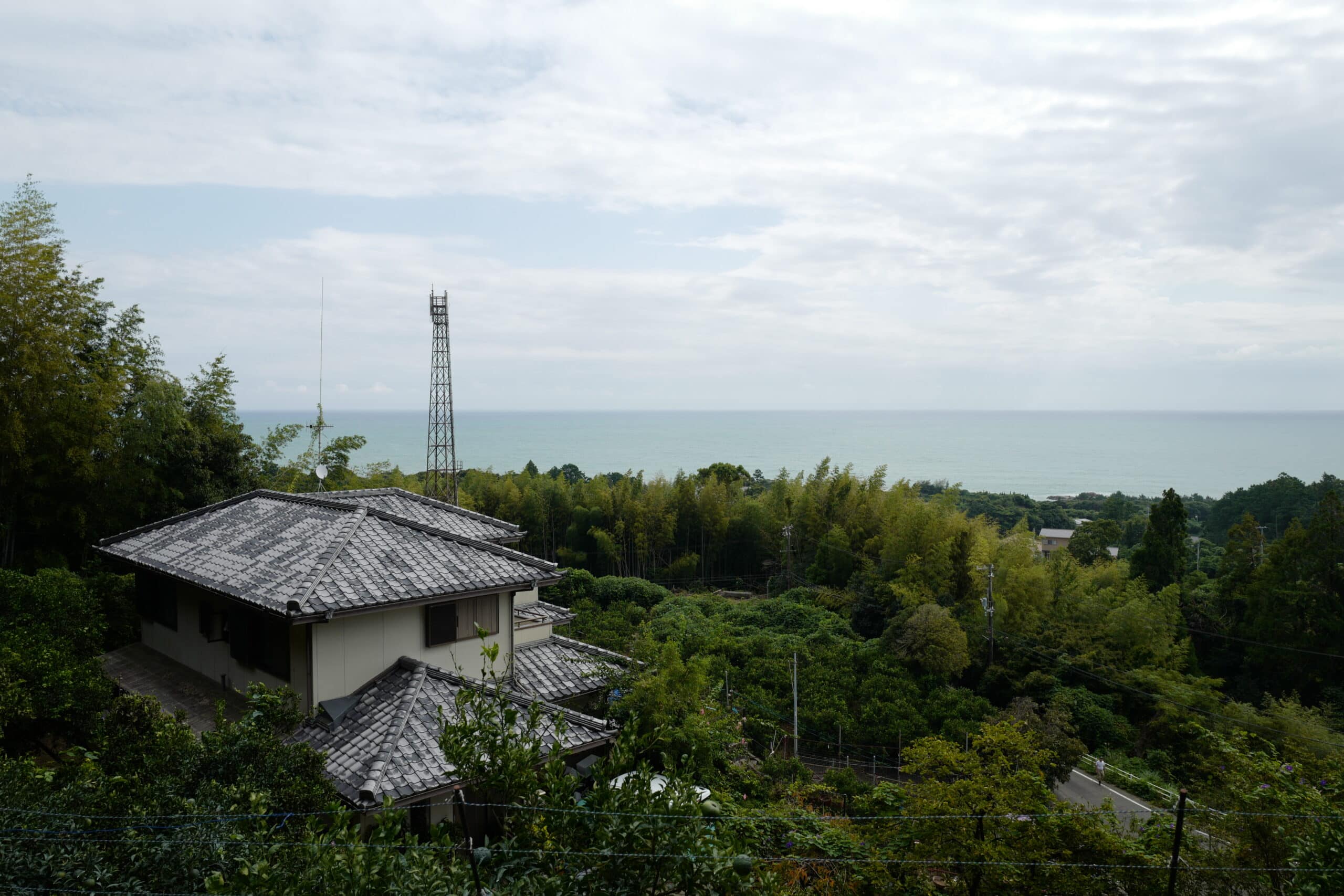
The last part of the route cuts inland 100m up the mountainside providing coastal views as you walk through surpassingly active small villages. Down somewhere below me I could hear the chants of kids playing baseball on a school court.
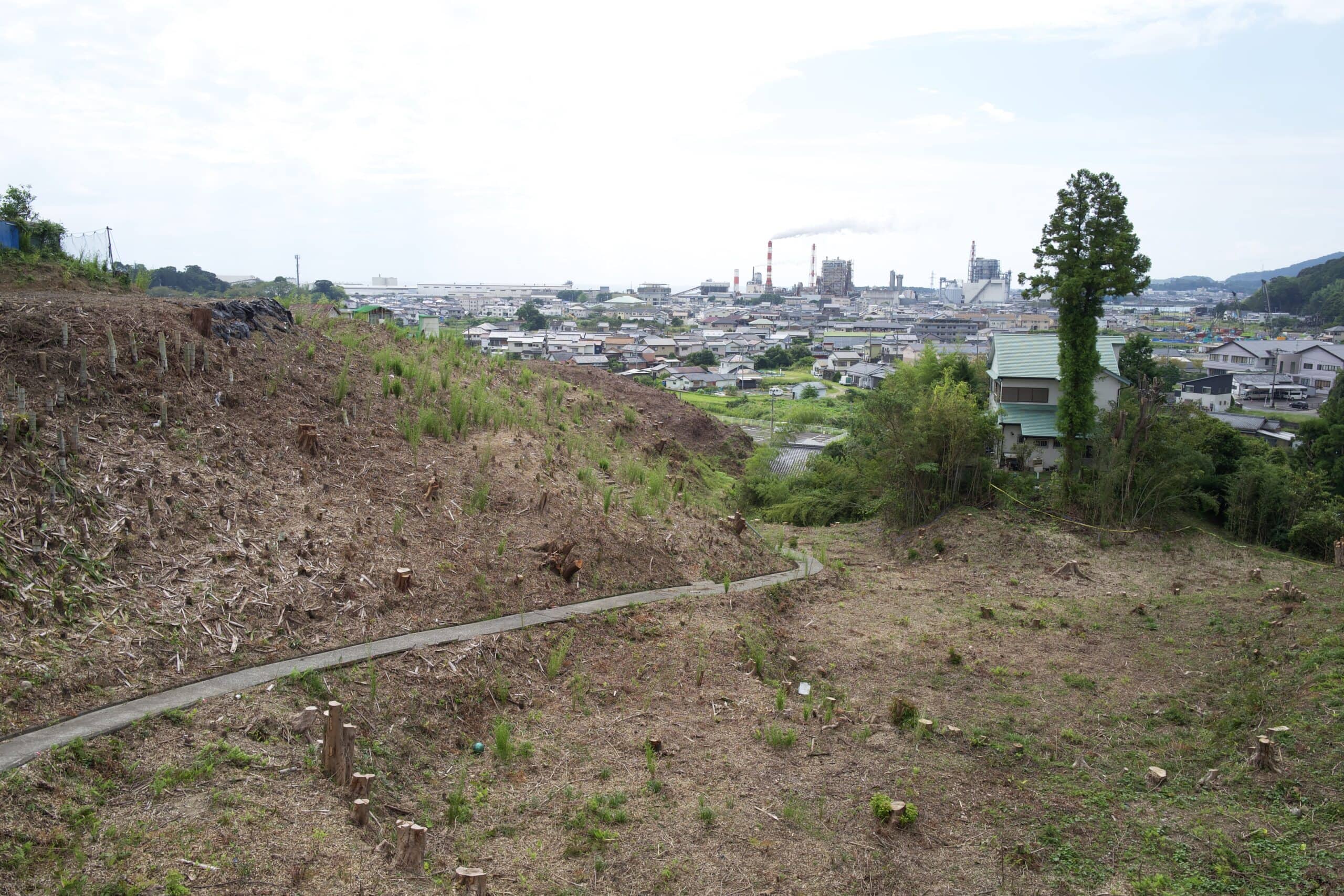
With Shingu looming on the horizon, the realities of urban industrialisation come crashing back into view as you round the corner and see the smoke stacks billowing beside Udono Port (鵜殿港).
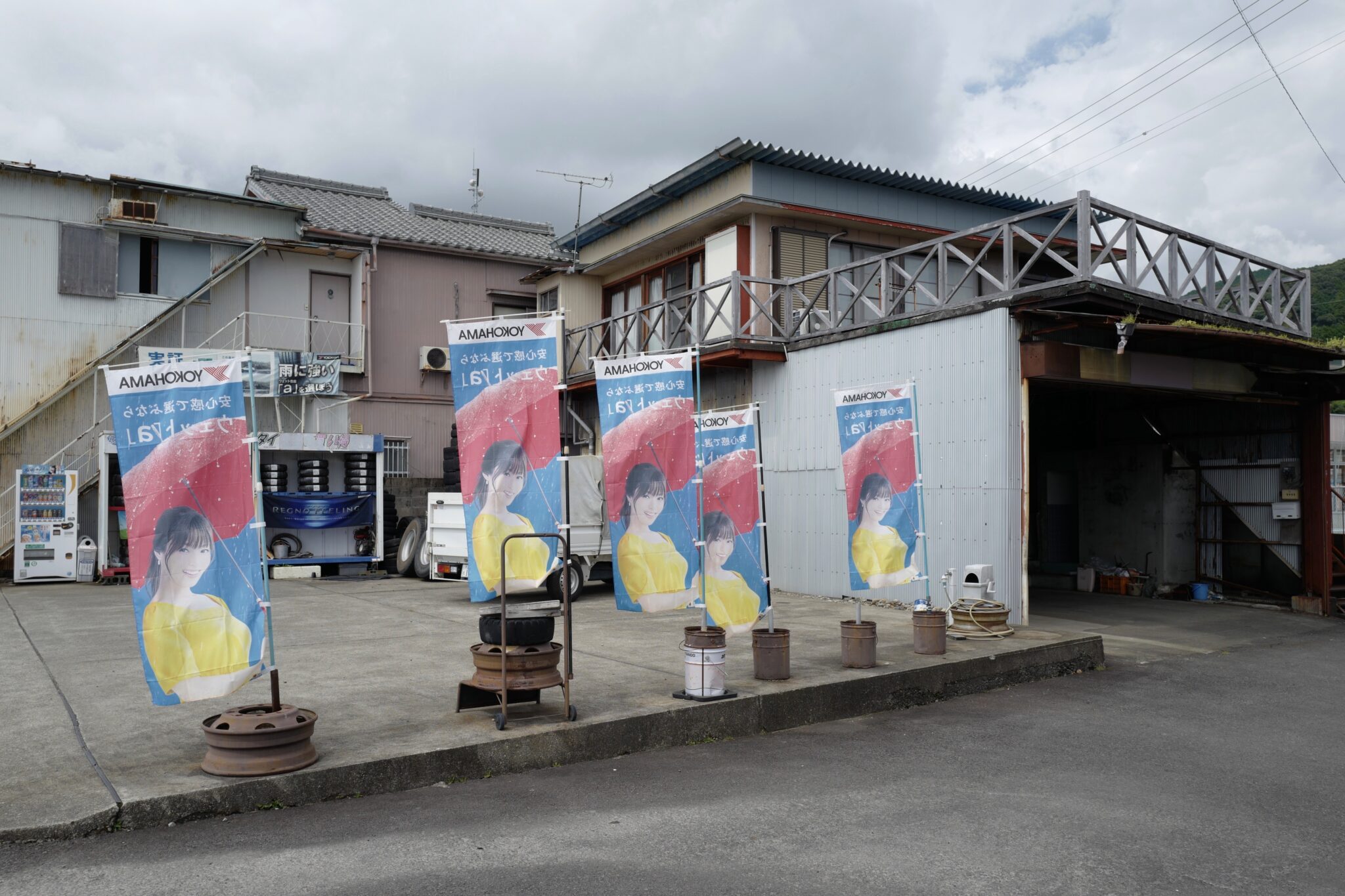
Crossing the Kumano River (熊野川) by means of Kumano-ohashi Bridge (熊野大橋), I entered Shingu in a much less glamorous fashion than in 2016 when I arrived by boat.
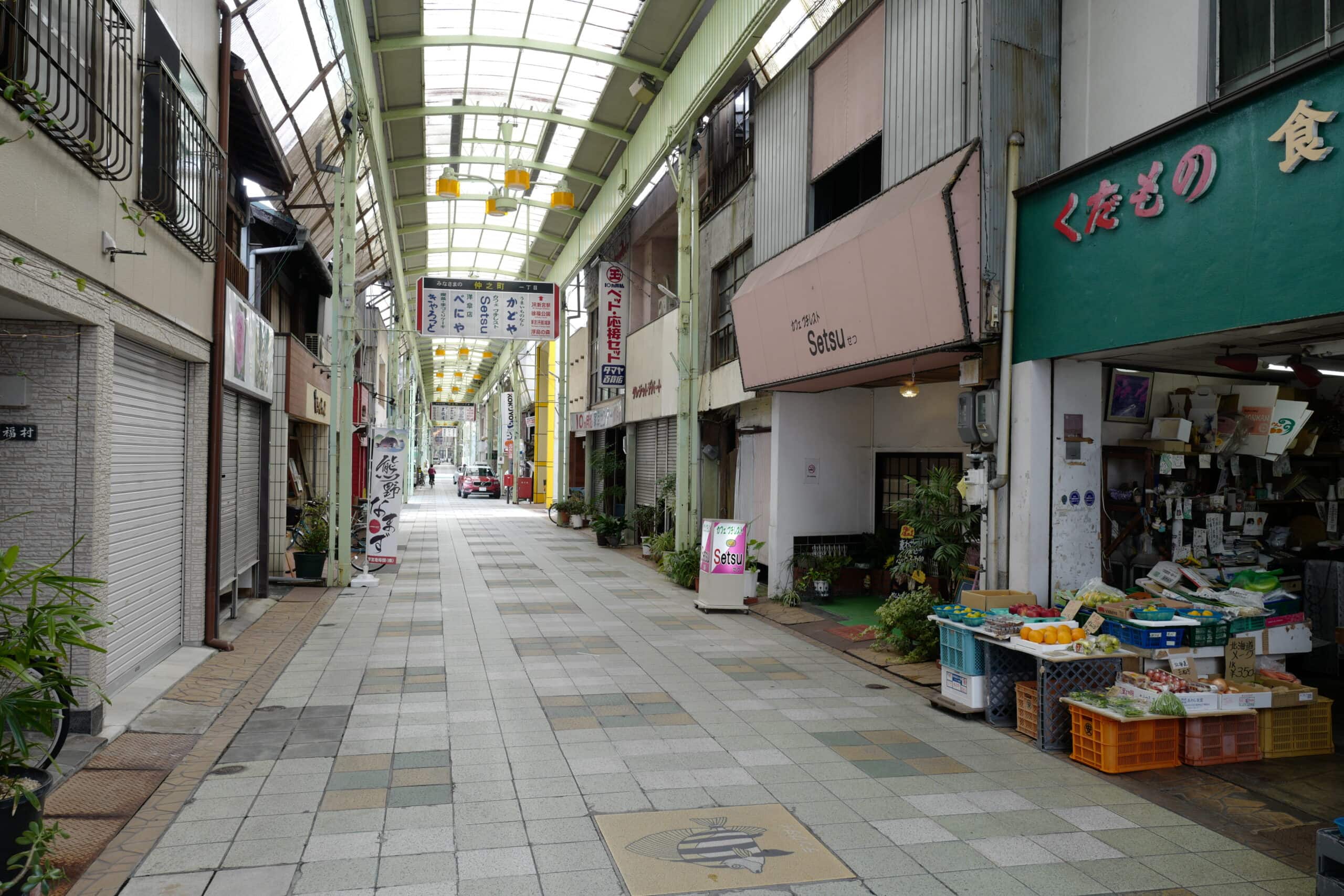
Walking through an old arcade to meet Chen, Shingu felt pretty tired but by no means in “ghost town” territory yet. I momentarily reflected on everything that had happened since the last time I was here and the strangeness of walking through a country where we are currently indisposed due to the pandemic (not necessarily a bad thing mind you).
To complete our pilgrimage 170km down the Ise-ji, we paid our respects at the resplendent Kumano Hayatama Taisha (熊野速玉大社). With far fewer tourists, it was much quieter than I remembered it.
We treated ourselves to lunch at Cucina Hayatama Porto (はやたま欧食堂ポルト), a tiny Italian restaurant right outside the shrine where we got chatting to a couple that lived in Shingu and who also loved walking the pilgrim trails. Even with the language barrier, it was nice to share with other people who’d been on the same journey.
Postscript

The next day we headed home, first taking a local train all the way back up the coast and then from Nagoya by the ever-magnificent Shinkansen, Mt. Fuji flying by in the blink of an eye. We arrived home tired but happy to have had a week disconnected from the noise of work and the unending news cycle.
While immensely enjoyable, I would definitely give myself a little extra time if I were to walk the Ise-ji again. A hike begins to feel like a chore if you’re always watching the clock. I think it would also have been fun to camp an extra couple of nights though you’d have to be careful about picking up supplies along the way.
Information
- Distance walked: 13.4km / 17,937
- Accommodation nearby:
- Shingu Guest House (新宮ゲストハウス奏) – where I stayed
- Hotel New Palace (ホテルニューパレス)
- See Google Maps for more options

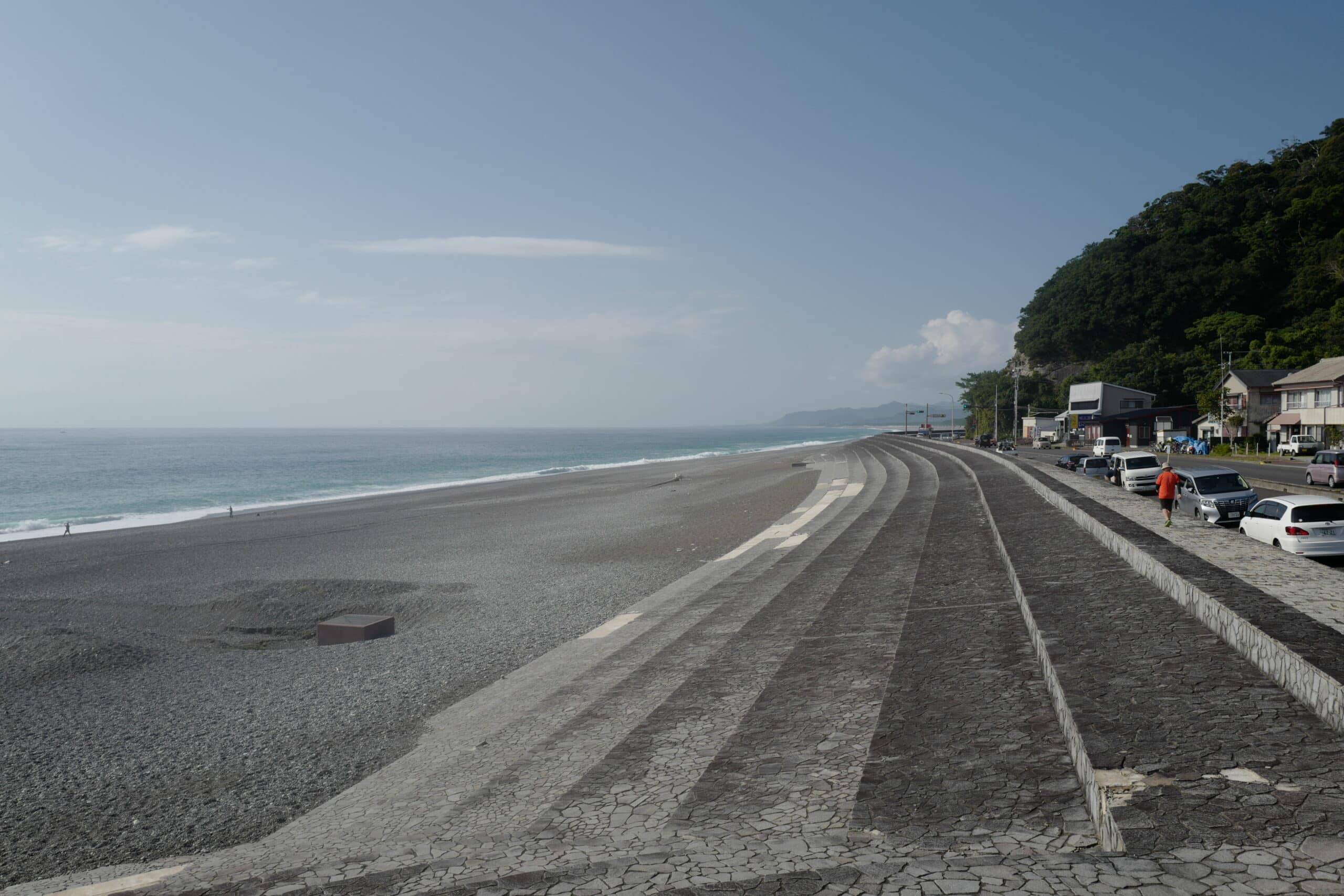
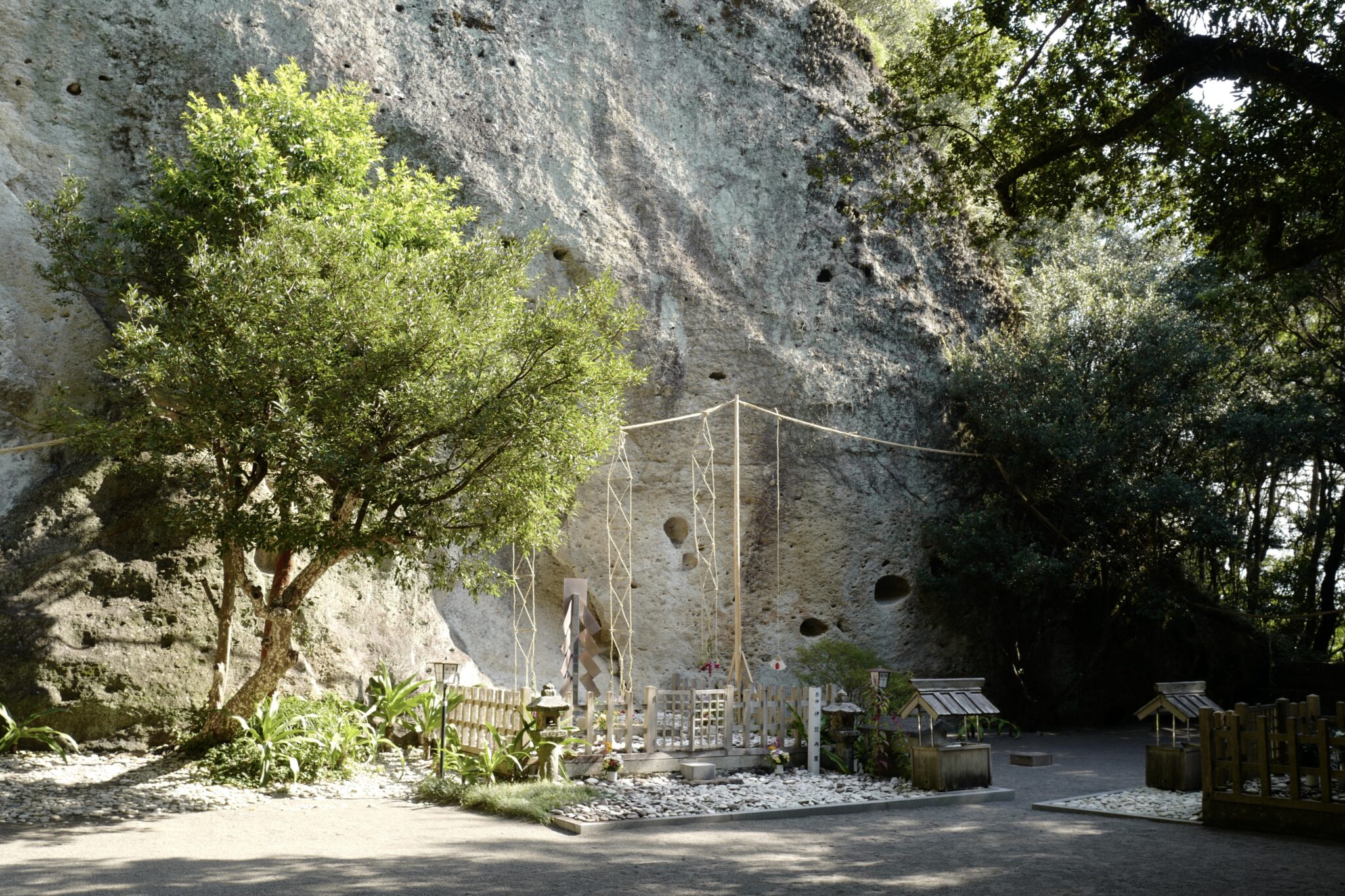
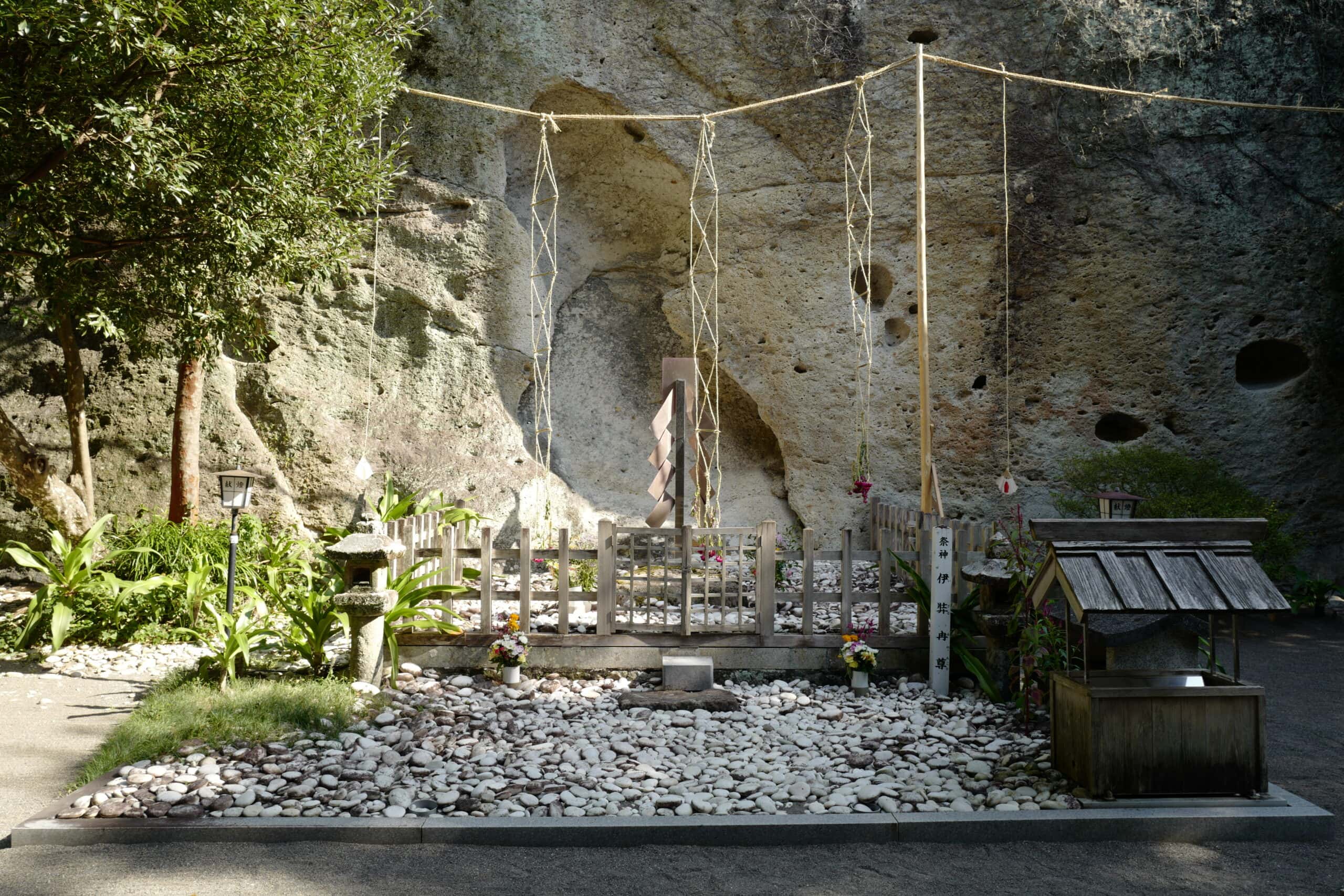
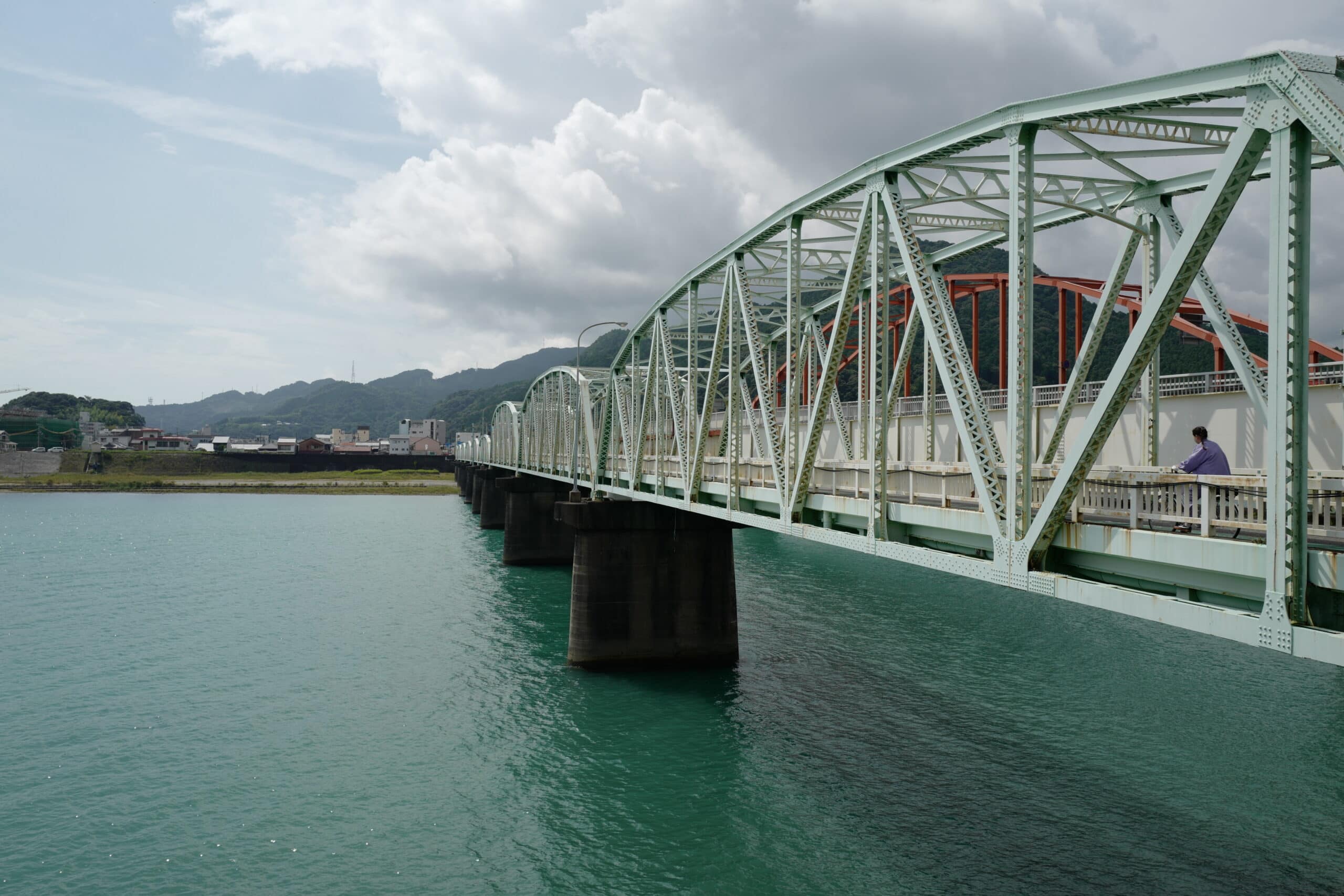
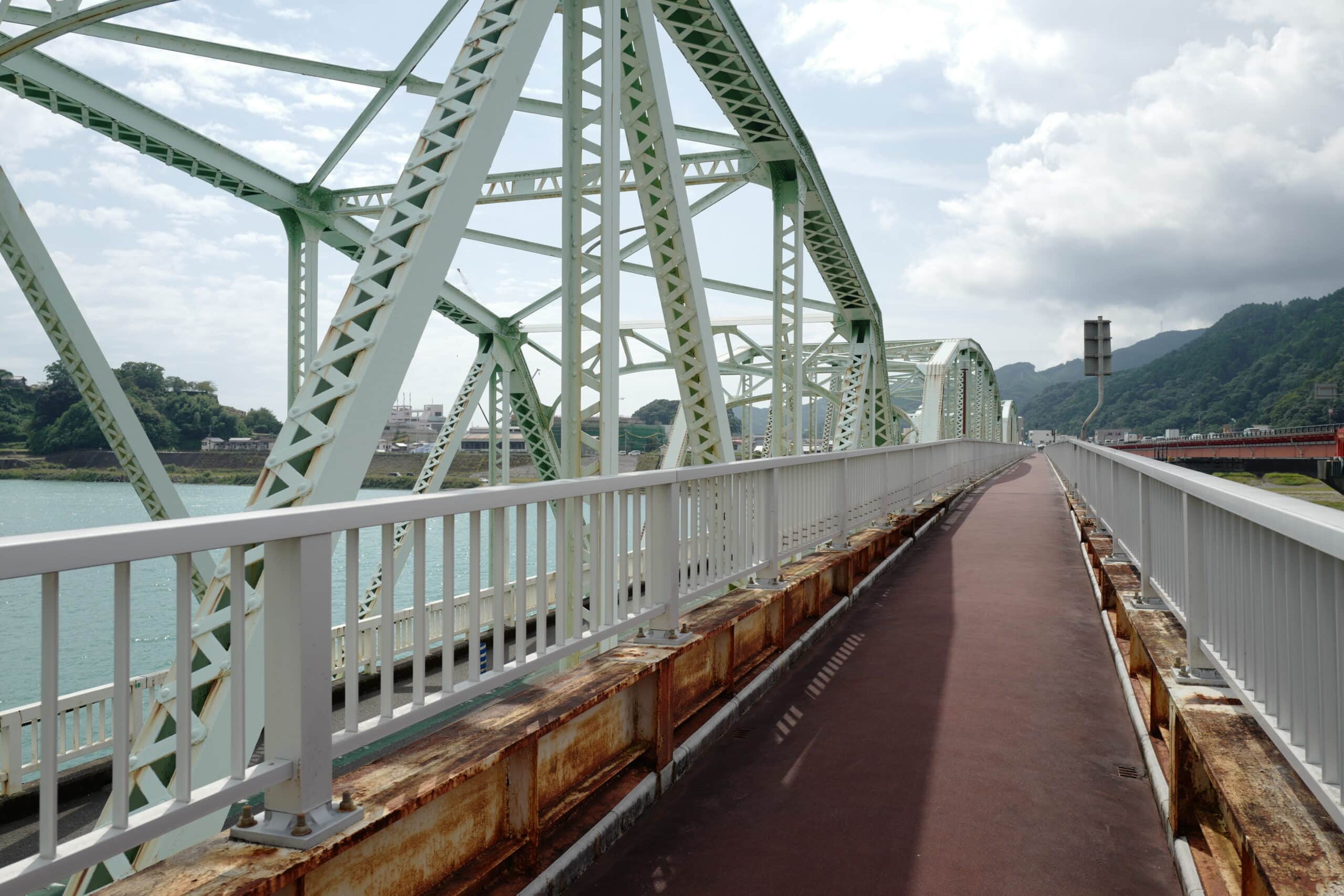
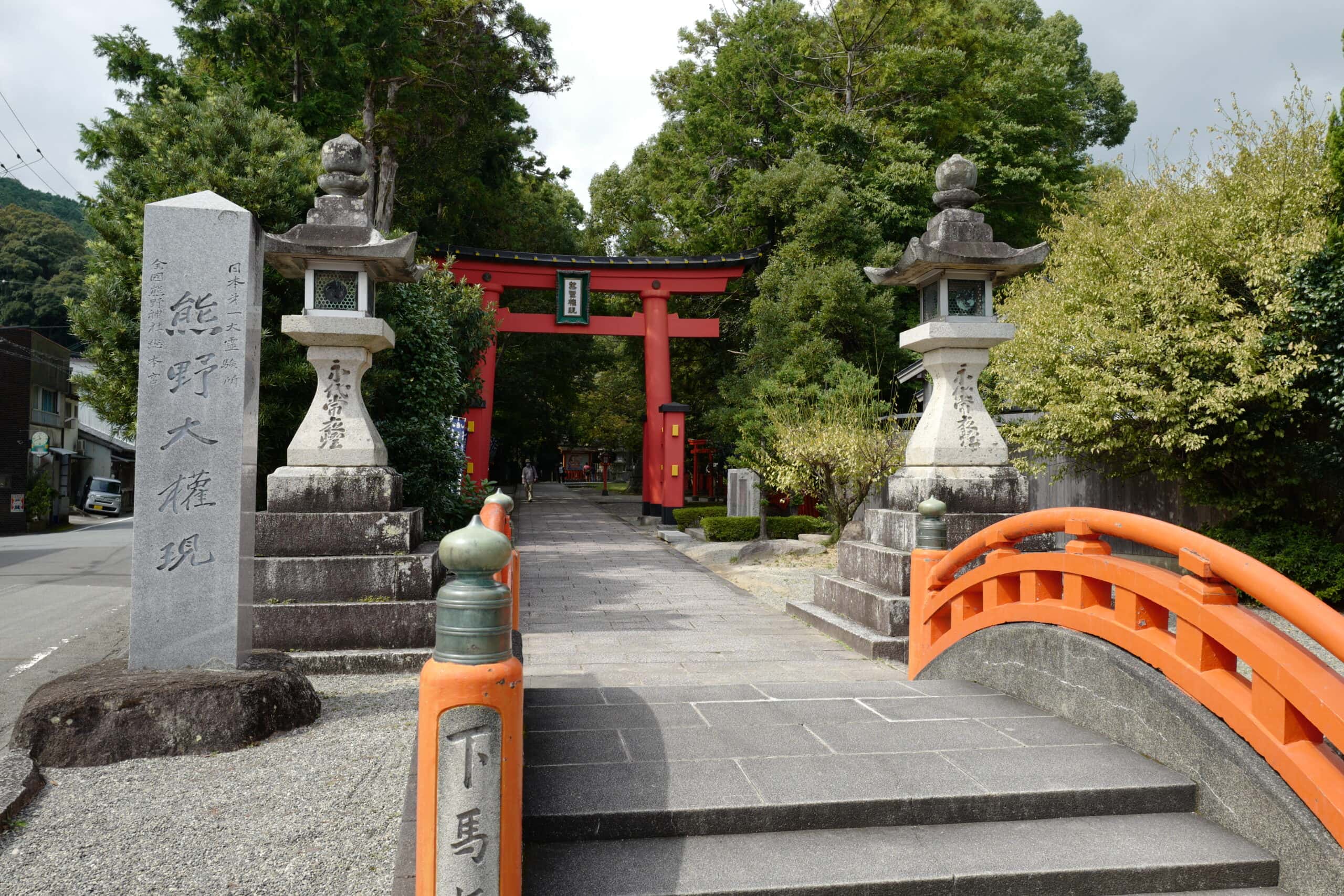
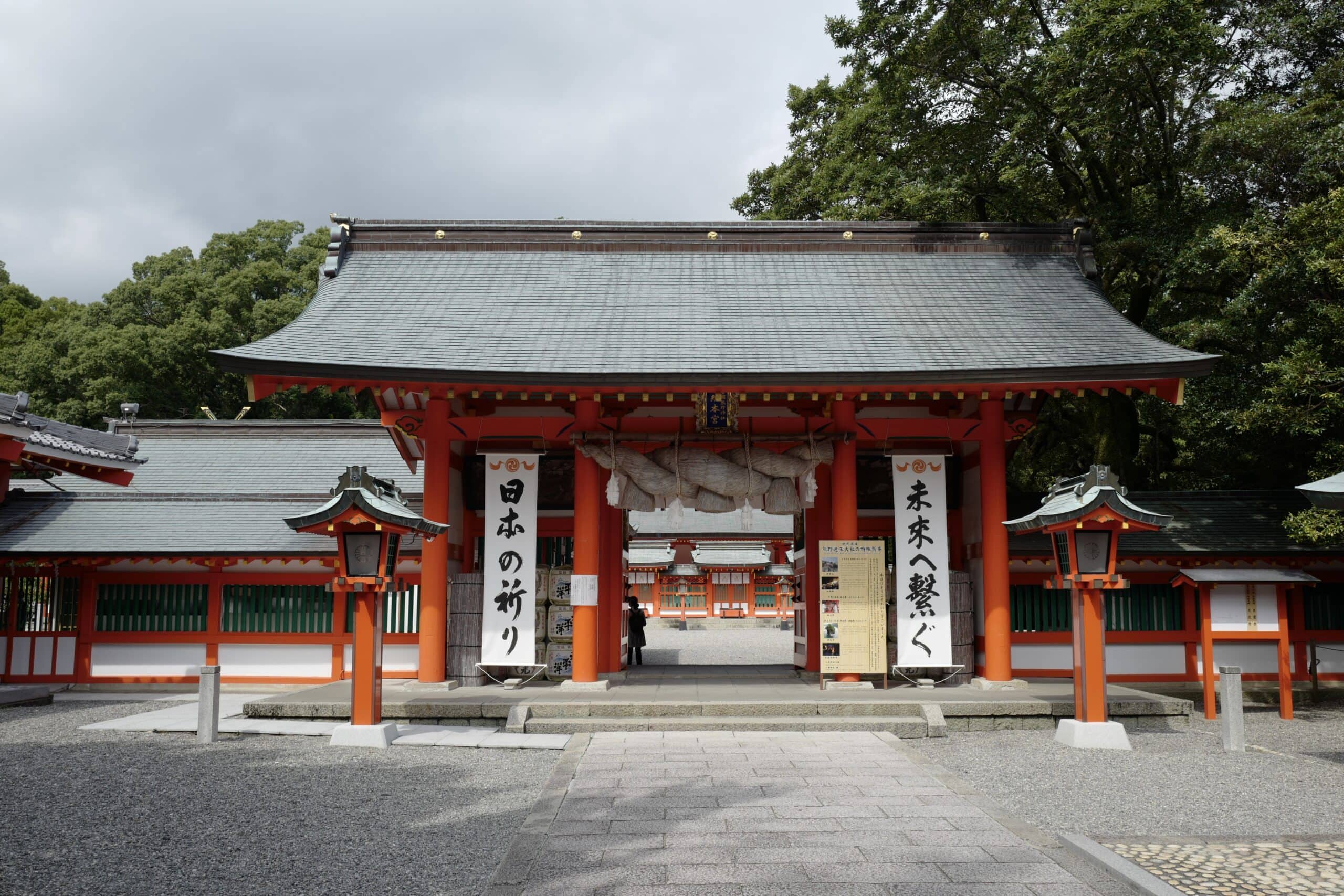
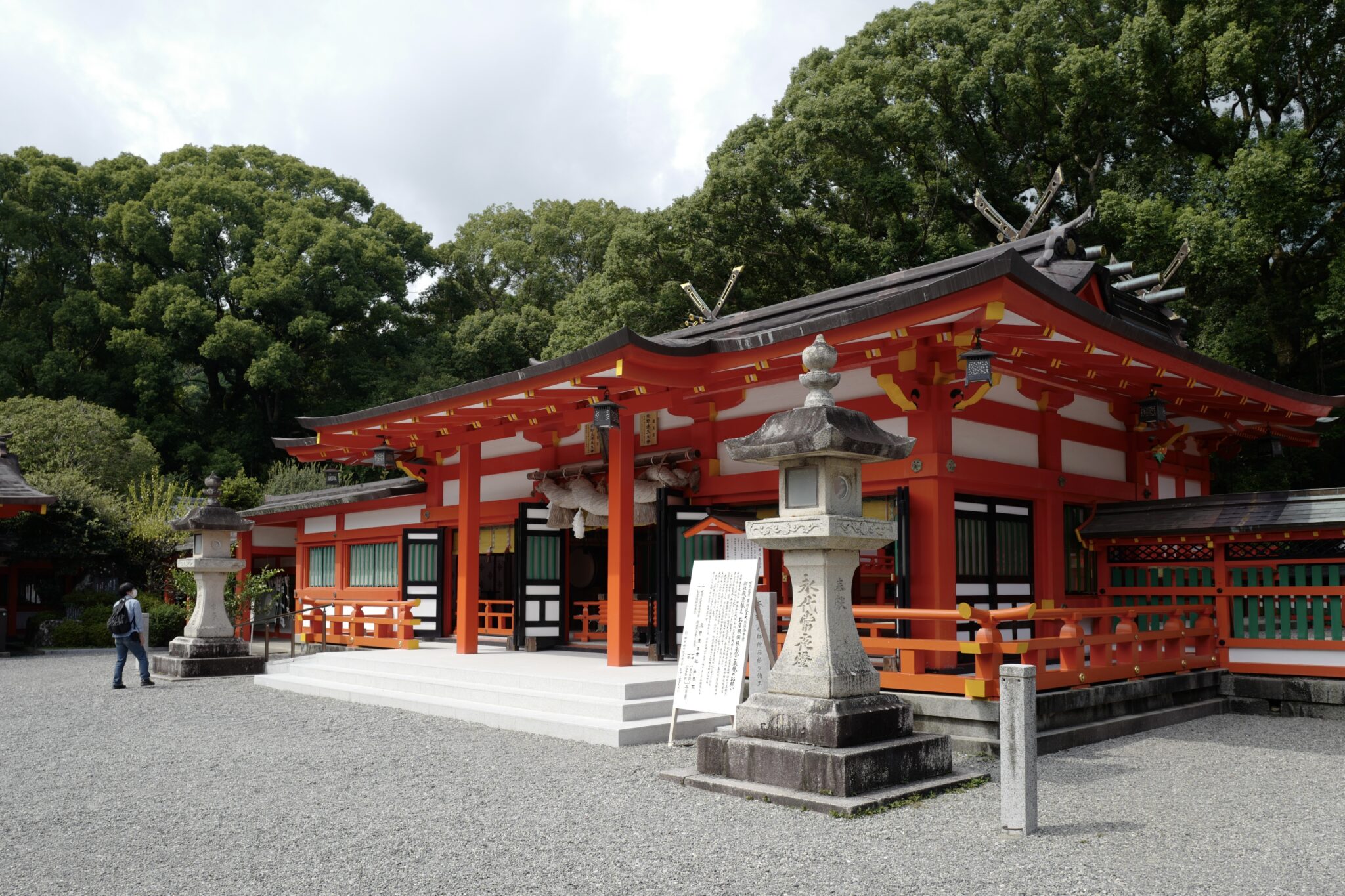
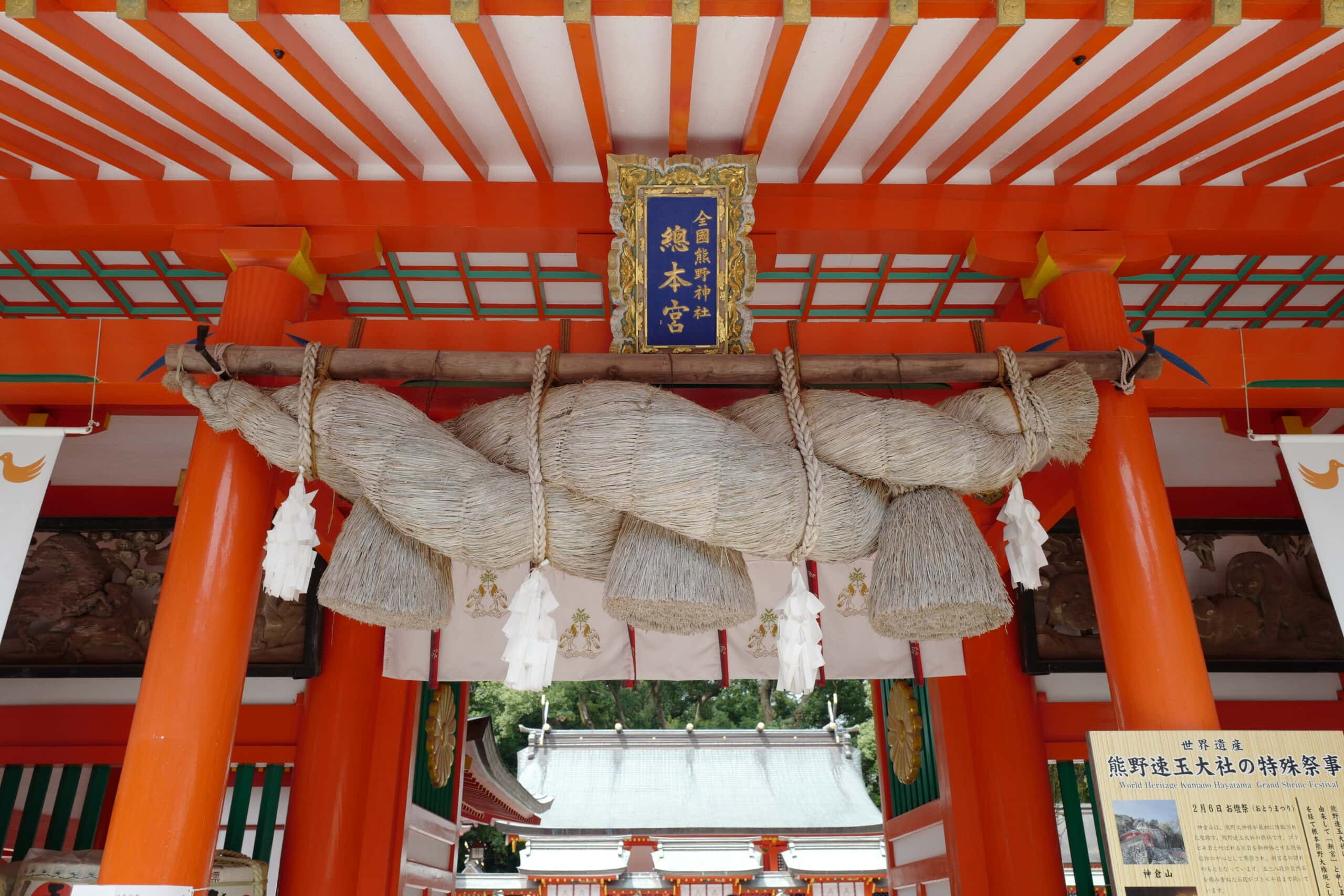
Reply